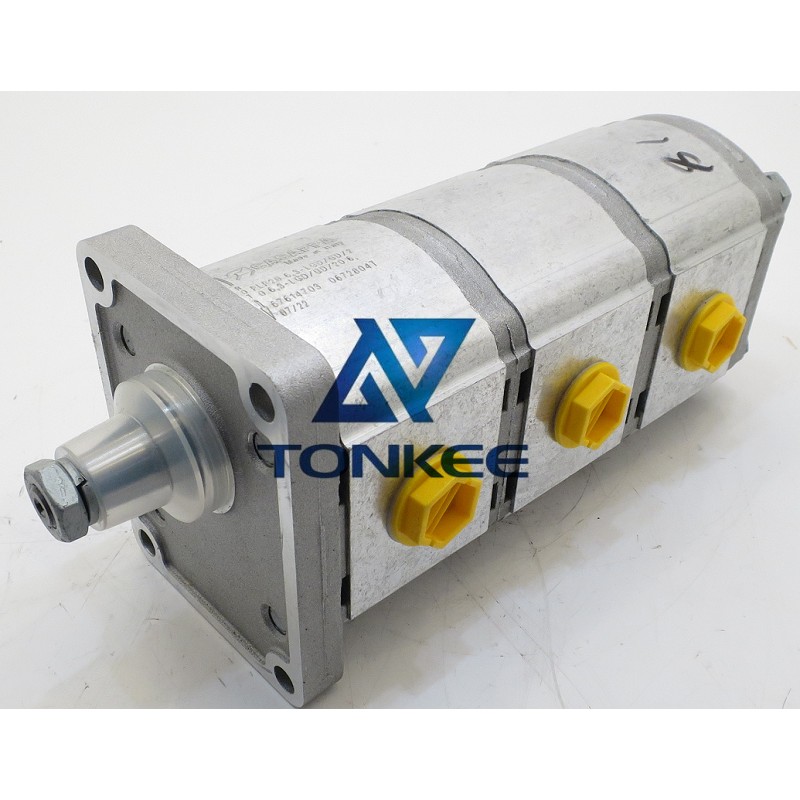
OEM 5C3 40030LIE HYDRAULIC GEAR PUMP | Partsdic®
5C3 40030LIE HYDRAULIC GEAR PUMP | Partsdic®
Efficiency: Hydraulic gear pumps typically have high volumetric efficiency, but it's essential to consider how efficiently the pump converts mechanical power into hydraulic power, as this can affect energy consumption and system performance.
Reliability and Maintenance: Assess the pump's reputation for reliability and ease of maintenance. Pumps with a track record of durability and straightforward maintenance procedures can reduce downtime and operating costs.
Efficiency: Hydraulic gear pumps typically have high volumetric efficiency, but it's essential to consider how efficiently the pump converts mechanical power into hydraulic power, as this can affect energy consumption and system performance.
Reliability and Maintenance: Assess the pump's reputation for reliability and ease of maintenance. Pumps with a track record of durability and straightforward maintenance procedures can reduce downtime and operating costs.

